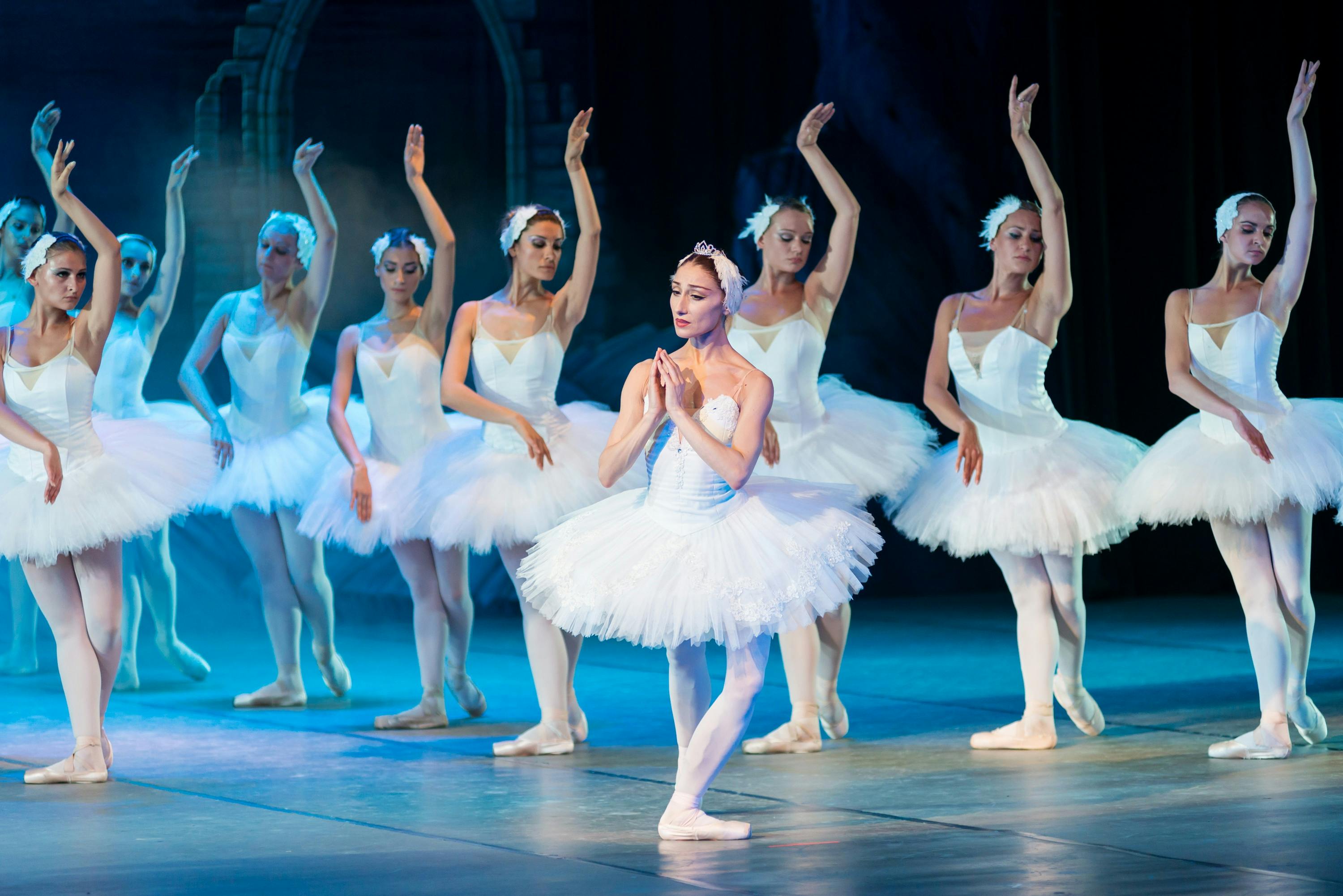Breaking New Ground: The Inclusive Evolution of Ballet
As the curtain rises, the audience is transported into a world of elegance and grace, where strength and flexibility defy human limitations, and where stories are painted in the air with pointed toes and fluid movements. Ballet, an art form that dates back to the 15th century, is undergoing a transformation, with diversity and inclusivity at the core of its contemporary evolution.

Historical Context: Ballet’s Elite Beginnings
Born in the royal courts of the Italian Renaissance, ballet was initially an exclusive art form, reserved for the aristocratic class. The performance style evolved in France during Louis XIV’s reign, where it evolved into a professional discipline. The strict physical requirements and exclusive training opportunities meant that ballet often remained an art form for the privileged, with a narrow representation of body types and ethnic backgrounds.
Contemporary Shift: Breaking the Mold
In recent years, ballet has begun to break away from these traditional boundaries. Companies around the world are recognizing the value of diversity and inclusivity, both in their casting decisions and in their narratives. This shift brings a fresh perspective to ballet, adding depth and breadth to the stories told on stage. The dance form, once strictly regulated and uniform, is blossoming into an inclusive platform for expression, capable of reflecting the vast spectrum of human experiences.
Case Study: Misty Copeland, A Trailblazer in Ballet
Misty Copeland, the first African American woman to become a principal dancer for the American Ballet Theatre, has been a critical figure in this evolution. Copeland’s success in the ballet world has not only broken racial barriers but has also challenged traditional body standards within the discipline. Her unique journey and triumphant rise have been a beacon of change in the ballet world, encouraging diversity and inclusivity.
Impact and Reception: A New Era of Ballet
The response to this shift has been overwhelmingly positive. Audiences are relishing the richer narratives and varied representations on stage. The inclusion of diverse body types, ethnicities, and stories brings a new depth to the ballet world, making it more relatable and engaging to a broader audience. This evolution is not just redefining who can be a ballet dancer; it is also reshaping the audience’s perception of ballet as a whole.
A Leap Forward
The transformation of ballet is a testament to the power of diversity and inclusion in the arts. While there’s still progress to be made, the shift in ballet’s representation is a significant step forward. This evolution is a reflection of our growing societal awareness and acceptance, and it underscores the importance of all art forms evolving with the times.
This inclusive revolution in ballet is a leap forward, not just for this particular dance form but for the arts as a whole. As ballet continues to evolve, it sets a precedent for other art forms to follow, demonstrating that diversity and inclusion enrich the arts, making them more compelling, relevant, and reflective of the world we live in today.




